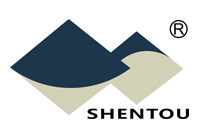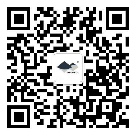CHINA AUTOMOTIVE SUPPLIER QUALITY MANAGEMENT BRIEFING
02/02/2022
Vol. 6, No. 1, February 2022

① QUALITY CHALLENGES & SOLUTIONS WITH YOUR SUPPLIERS IN CHINA
Factory Audits & Quality Inspections
During & Post COVID-19:
On-site Supplier Audits + Remote Participations by International Buyers(IX)
(Continued from the last issue)
▌Determination of the bases of inspection release
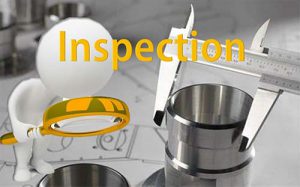 Pre-shipment inspections refers to the inspections that are necessary to guarantee that the goods comply with customer requirements for quality before shipment. The determinations of pre-shipment product release standards ensure the release of quality goods under inspections. Therefore the draft inspection and acceptance criteria should be communicated with customers and factories and they become the final inspection release standards once they are approved by the customers and the suppliers.
Pre-shipment inspections refers to the inspections that are necessary to guarantee that the goods comply with customer requirements for quality before shipment. The determinations of pre-shipment product release standards ensure the release of quality goods under inspections. Therefore the draft inspection and acceptance criteria should be communicated with customers and factories and they become the final inspection release standards once they are approved by the customers and the suppliers.
The inspection standards usually include the following:
A. Sampling plan: a single sampling plan should be based on GB2828.1-2012
B. Quality characteristics: Quality characteristics are usually classified into general and key characteristics. The general characteristics are those that, when they fail, would result in limited impact on product performance property and product life and would unlikely cause complaints by the users. The key characteristics, on the other hand, are those that would result in personal safety accidents and loss in main product functions, with serious impact on the product performance, product life and environmental pollutions that are not compliant with laws and regulations, and would inevitably cause complaints from users.
C. Inspection level: Level II Inspection with single sampling plans of GB2828 should apply to the inspection of general characteristics. Special S-2 level inspection with single sampling plans of GB2828 should apply to key characteristics.
D. Defect levels: Defects are the flaws discovered during sampling inspections that do not conform to quality standards. They include the following three categories, critical defects, which will or likely damage the users’ lives or property safety; major defects, which will fail to realize the purpose of product usage; and minor defects, which have no impact on the product usage.
E. Acceptable Quality Level (AQL): for the automotive industry, we usually set the AQL for defects discovered in pre-shipment inspections as follows: critical defects: AQL = 0; major defects: AQL = 0.65; and minor defects: AQL = 1.0.
When customers provide their own AQL, the customer AQL should be followed. When the customer AQL is lower than the above, the above standards could be used.
F. Inspection basis: typically the basis would include customer requirements, technical documents, international or national standards, industry or association standards, related inspection standards, comparison samples, historical inspection documents, etc.
G. Inspection items: primarily including: appearance, dimensions, performance and others required by the customers.
▌Determination of the inspectors and the factory’s assisting quality control personnel
Inspectors are primarily responsible for the completion of the product inspection, the quality of which is closely related to the inspectors and the pre-inspection planning and execution. Therefore the selection of the inspectors and the pre-inspection planning are the key to the success and quality of the inspections. When assigning the inspectors, it is important to consider whether the professional skills of the inspectors meet and match the product characteristics. When there is a lack of appropriate professional inspectors, we could invite engineers with the related technical background to join the inspection team who would advice the inspections as technical specialists.
▌Determination of issues related with product inspections
Upon receiving the inspection notification from the clients or the company, the inspector needs to confirm the following items related to the inspection before arriving at the inspection site:
A. If the product names, model numbers, quantities and any other requirements are clearly stated in the inspection notification;
B. Are product characteristics clearly specified in the inspection standards, including packing, label, shipping mark, product dimension and performances?
C. Are the inspection acceptance standards, sampling plan and release criteria identified?
D. Are there any previous inspection remarks (such as customer complaints) and special inspection requirements?
E. Any special considerations and finalizations on the inspection time, inspector assignment and inspection site? Are contact information of the inspectors and the factories available and whether the factories have been properly notified?
F. Confirm the inspection site and the readiness of the inspection conditions on site, such as the space, racks or pallets for storing goods to be inspected, the light condition of the sampling and inspection sites.
G. Confirm the factory’s supporting quality control people during the inspection.
H. Confirm the list and availability of the required measuring tools and performance testing equipment, check the calibration dates of these tools, and whether the measuring scopes meet the requirement.
I. Confirm that the use of the measuring tools and testing equipment for normal inspection would not be affected by normal productions.
▌Determination of the time and process for the customers’ participations in product inspections
After all inspection details are confirmed, we could arrange the customers to remotely participate in the inspection processes if so requested. Every inspection would start and finish (when the inspectors arrive on-site and depart) according to factors such as quantities of goods to be inspected, inspection criteria and the numbers of inspectors. Customers could participate in selected inspection periods and processes according to the inspection plans. For European customers, the recommended time for their participation is between 2 and 6 pm in China, with each session for a maximum of 15 to 30 minutes. Customers could choose to join the inspection of any aspects regarding quantities, packing, labeling, sample taking, dimension measuring, performance testing.
(To be continued)
By Felix SS YUAN
② CRITICAL FAILURE MODES / QUALITY CONTROL POINTS IN FOCUS
Portable Charger for Electric Vehicles (II)
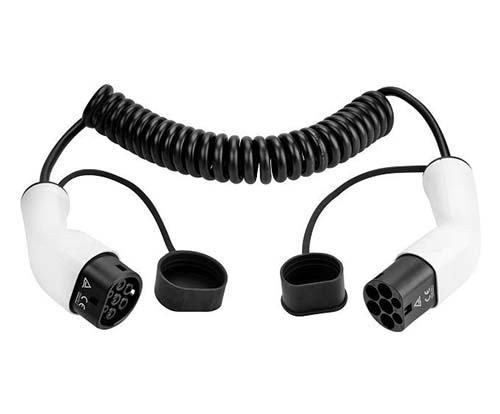
(Continued from the last issue)
▌Product use and care
The solution
● The issue: Water enters the gun body, resulting in the reduction of insulation resistance between DC and PE.
The solution: After charging, hang the gun cable on the station immediately to avoid the gun head falling on the ground. It is strictly prohibited to place the gun head in water.
● The issue: The cable is twisted and broken.
The solution: When charging, take out the gun head from the charging station and insert into the vehicle socket while ensuring the cable is not entrenched. After use, return the gun head to the charging station while ensuring the cable is not twisted by the pulling machine. When plugging and pulling the charging gun, use the right hand to grab the handle and the left hand to hold the gun bod.
● The issue: Cable heating
The solution:
① The rated current of the cable shall not be exceeded during charging, preferably keeping the rated current at 80%;
② During charging, the plug temperature shall not exceed 90 ℃, and current limiting shall be applied when it reaches 85 ℃;
③ Before charging, check whether the gun head terminal and charging base terminal are worn out. If they are seriously worn out, replace them timely to ensure that the gun head and base are clean and dry.
④ It is strictly forbidden to immerse the terminals of the charging plug and plug base in water. After immersion, the oxidation of the terminals will be accelerated. Once immersed, the plug and plug base shall be cleaned immediately with the power off.
● The issue: The electronic lock in on and the gun cannot be pulled out
The solution: When the gun cannot be pulled out after charging, it is necessary to consult the professionals or check the unlocking steps in the manual. Sharp objects are not allowed to forcibly dismantle the gun body which may cause the risk of electric shock.
③ KEY CONCEPTS & PRACTICES IN SUPPLIER QUALITY MANAGEMENT
Incoming Quality Control (IQC)
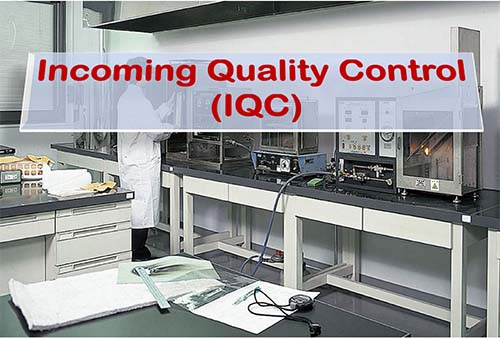
Among the many abbreviated terms in quality control, such as IQC, IPQC, PQC, FQC, and OQC, Incoming Quality Control (IQC) is perhaps the most widely adopted concept and practice actually in use by most factories.
IQC refers to the checking and the testing of raw materials, components, and parts delivered by the factories’ upstream suppliers, before these materials, components or parts are accepted and admitted to the warehouse for later use in the production operations.
IQC is critical in the overall management of the quality of the final products, therefore should be strictly implemented. IQC should also be covered by Pre-production Inspections, where raw materials at the factories or in storages are verified against the standards and requirements. For materials that the factories have no capability of self-testing, it is necessary to ask for test reports from their suppliers and/or third-parties.
④ CHINA INDUSTRY & MARKET UPDATE
Cost of raw materials:
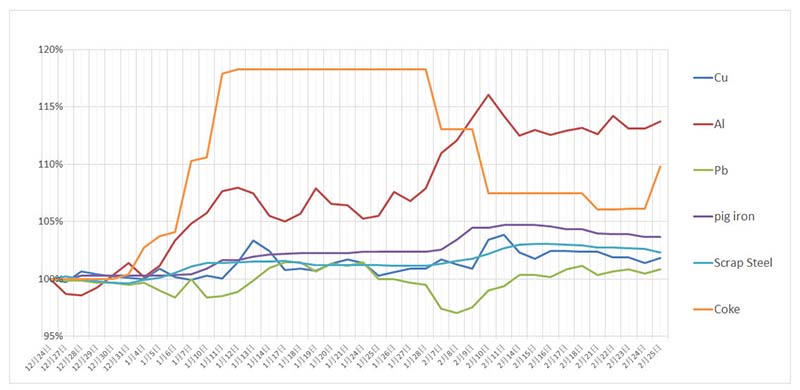
Exchange rates:
![]() USD/RMB: 1:6.3477
USD/RMB: 1:6.3477
![]() EUR/RMB: 1:7.1889
EUR/RMB: 1:7.1889
![]() RUB/RMB: 1:0.0818
RUB/RMB: 1:0.0818
February 2022
Remark: Exchange rates are 30-day average from January 25 to February 24, 2022
The above information is for reference only
⑤ IT HELPS TO KNOW...
China Supply Chain Alert
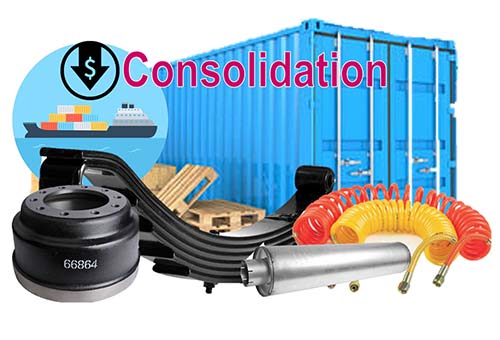
As China is still trying to contain COVID-19, especially the spread of the Omicron variant, we have witnessed a gradual uptick of the main raw material prices, despite a slight slow-down or even some retreat earlier this year. The international freight costs also came down a little, but then went back up or stayed at about the same level. All indications are that the raw material and ocean shipping costs would more or less remain at the high levels.
Meanwhile, the Chinese currency has been generally appreciating against the USD since the beginning of 2022, currently at close to 6.3. And the latest geopolitical and military conflicts in the world have just added much more uncertainties on top of all the issues.
While all of these are posing real challenges to the international business communities, we do see some smart approaches to mitigate the difficulties. Some companies, for example, are assisting clients to increase the total values of a container, by switching from 20’ to 40’ containers and consolidating heavy goods with bulky items or low-value products with high-value parts, so as to substantially reduce the average shipping cost per item.
SHENTOU SUPPLY CHAIN MANAGEMENT CO. LTD. is a Shenzhen, China, based company serving international automotive clients in the implementation of their China strategies and programs. CHINA AUTOMOTIVE SUPPLIER QUALITY MANAGEMENT BRIEFING is a bi-monthly newsletter published by Shentou to address the specific and unique quality challenges and concerns international automotive companies face with suppliers in China. Comments are welcome at qms@shentou.com. Click here to subscribe.
